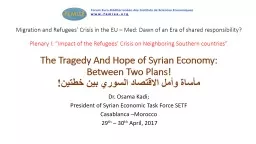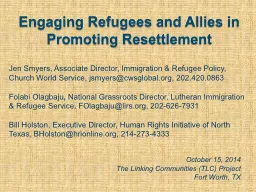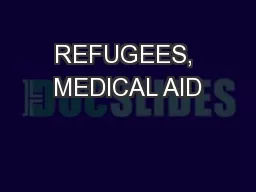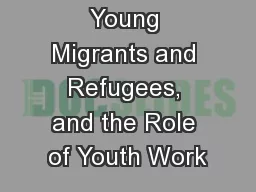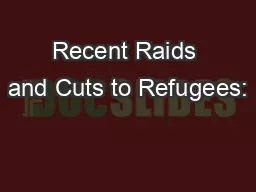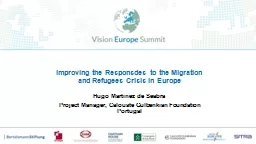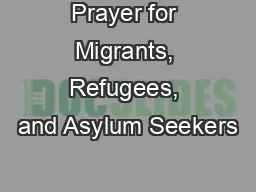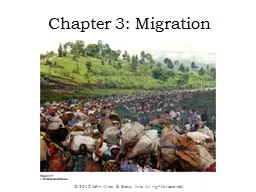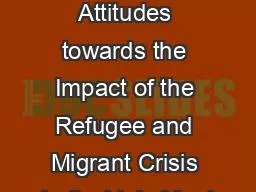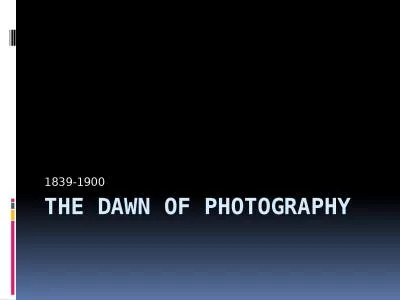PPT-Migration and Refugees’ Crisis in the EU – Med: Dawn of an Era of shared
Author : impristic | Published Date : 2020-11-06
responsibility Plenary I Impact of the Refugees Crisis on Neighboring Southern countries The Tragedy And Hope of Syrian Economy Between Two Plans مأساة وأمل
Presentation Embed Code
Download Presentation
Download Presentation The PPT/PDF document "Migration and Refugees’ Crisis in the ..." is the property of its rightful owner. Permission is granted to download and print the materials on this website for personal, non-commercial use only, and to display it on your personal computer provided you do not modify the materials and that you retain all copyright notices contained in the materials. By downloading content from our website, you accept the terms of this agreement.
Migration and Refugees’ Crisis in the EU – Med: Dawn of an Era of shared: Transcript
Download Rules Of Document
"Migration and Refugees’ Crisis in the EU – Med: Dawn of an Era of shared"The content belongs to its owner. You may download and print it for personal use, without modification, and keep all copyright notices. By downloading, you agree to these terms.
Related Documents

